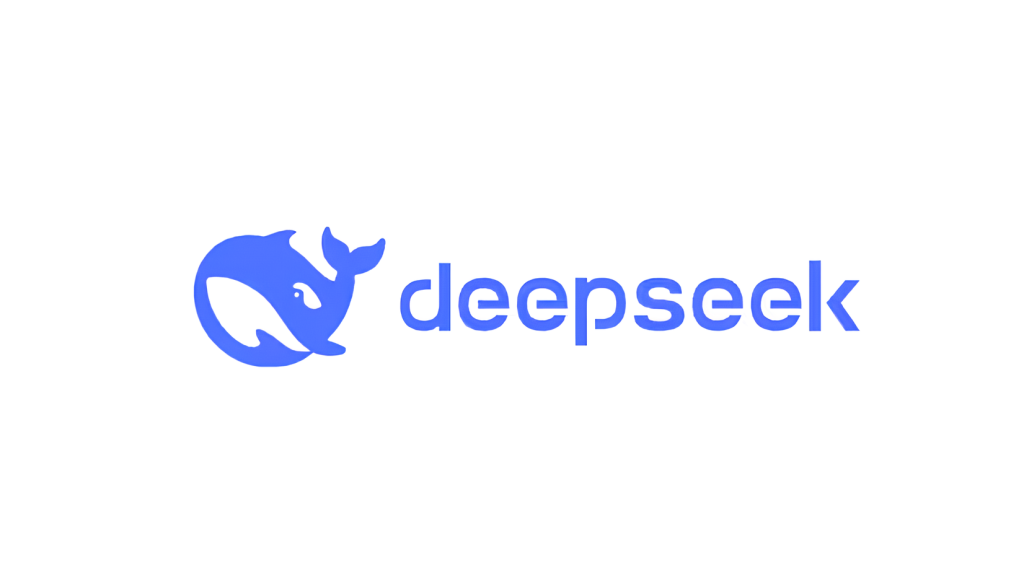The fierce competition in artificial intelligence (AI) between the United States and China is heating up, especially in the realm of AI infrastructure. Recently, a significant development has emerged in the AI landscape: DeepSeek AI, a leading AI model, is now reportedly running on Huawei’s AI chips. This transition, notably from Nvidia’s GPUs to Huawei’s Ascend series chips, raises intriguing questions about the future of AI development in China and whether it signals a shift towards self-sufficiency in AI technology.

In this article, we’ll delve deeper into the shift from Nvidia’s H100 GPUs to Huawei’s Ascend 910C processors, the implications of this move for both China and the global AI ecosystem, and the ongoing controversies surrounding DeepSeek AI.
DeepSeek AI’s Shift to Huawei’s Ascend Chips
What is DeepSeek AI?
DeepSeek AI has quickly become a key player in the AI space. Similar to models like OpenAI’s ChatGPT, DeepSeek-R1, its flagship model, is designed for complex tasks like natural language processing (NLP) and AI-based solutions. Initially, DeepSeek-R1 was trained using Nvidia’s high-performance H100 GPUs, widely considered the gold standard for large-scale AI workloads.
However, recent reports suggest that DeepSeek-R1 has now transitioned to Huawei’s Ascend AI platform. This shift indicates a significant move in China’s strategy to reduce reliance on Western technologies, especially in the AI domain.
The Role of Huawei’s Ascend 910C Chip
Huawei’s Ascend 910C GPU has emerged as a potential alternative to Nvidia’s dominant AI chips. Often referred to as China’s answer to Nvidia’s hardware, the Ascend 910C is designed specifically to handle the heavy computational needs of AI inference – the process by which trained AI models generate predictions or responses based on new input data.
While Huawei’s Ascend chips may not match the sheer performance of Nvidia’s top-tier models, they are still powerful enough to handle a variety of AI tasks. The Ascend 910C offers strong performance in AI inference and could be the key to Huawei’s ambitions in becoming a global AI hardware leader.
DeepSeek-R1’s Training and Deployment on Ascend Chips
How Does AI Training Work?
Training an AI model is an intensive and resource-heavy process. AI models, especially large ones like DeepSeek-R1, require significant computational power. Initially, DeepSeek-R1 was trained on Nvidia’s H100 GPUs, which are well-suited for this task due to their immense parallel processing capabilities. However, it appears that the model has now made the leap to Huawei’s Ascend hardware for deployment.
Training and inference often occur on the same hardware for optimal performance, as the model becomes finely tuned to the architecture it was initially trained on. Switching from Nvidia’s GPUs to Huawei’s chips for deployment is a bold move, and it raises the question of how well DeepSeek-R1 can adapt to its new environment.
What Are the Implications of This Shift?
The move to Huawei’s Ascend chips signals China’s ongoing efforts to reduce dependency on foreign technologies, particularly those from the U.S. The country is keen on fostering its own AI infrastructure, as demonstrated by Huawei’s continued development of Ascend chips, which are built specifically to meet the demands of AI workloads.
This transition also reflects China’s ambitions to become more self-sufficient in the AI space. With AI being a critical component of the future economy, reducing reliance on external suppliers like Nvidia could be a strategic move for China. If DeepSeek-R1 performs well on Ascend hardware, it could be a testament to China’s growing capabilities in AI infrastructure and a possible precursor to broader industry shifts.
Nvidia vs. Huawei: The Global AI Chip Race
Nvidia’s Dominance in the AI Chip Market
Nvidia has long been the leader in the AI chip market, particularly in the field of machine learning and deep learning. Its GPUs, like the H100 and A100, are highly sought after by AI researchers and companies due to their immense computational power and ability to handle the most demanding AI tasks.
Despite Huawei’s growing influence, Nvidia’s chips are still considered the gold standard in AI model training. This is evident in the continued reliance on Nvidia’s hardware for large-scale AI projects, including DeepSeek-R1, which was initially trained on Nvidia’s H100 chips.
Huawei’s Challenge to Nvidia’s Dominance
Huawei’s Ascend 910C GPU is quickly emerging as a competitor to Nvidia’s offerings. Though it doesn’t yet match Nvidia’s top-tier GPUs in raw power, it is still a formidable alternative for AI inference tasks. The rise of Huawei’s chips could potentially disrupt Nvidia’s dominance, especially in China, where geopolitical tensions and trade restrictions have made reliance on American technology less desirable.
The growing presence of Ascend chips in Chinese AI infrastructure, combined with increased government support for local semiconductor industries, suggests that China is serious about breaking free from Western suppliers in the AI hardware market.
Allegations and Controversies Surrounding DeepSeek AI
OpenAI’s Allegations of Model Theft
Alongside the hardware developments, DeepSeek AI is also facing allegations from OpenAI, the U.S.-based AI company behind ChatGPT. OpenAI claims that DeepSeek-R1 may have been trained using OpenAI’s proprietary models, a serious accusation if proven true. However, no concrete evidence has been presented to support these claims.
DeepSeek has open-sourced its model weights, but it has not been transparent about its training data or methods. This lack of clarity has raised eyebrows in the AI community, especially given the substantial computational costs involved in training such a model.
The Cost of Developing DeepSeek-R1
Another point of controversy lies in DeepSeek’s claim that it developed DeepSeek-R1 for just $6 million. Many AI experts find this figure surprisingly low, considering the immense computational resources required to train state-of-the-art models. This has fueled skepticism about the legitimacy of DeepSeek’s development process, especially in light of the allegations regarding potential model theft.
The Future of AI Hardware: Huawei vs. Nvidia
Will Huawei Become a Serious Competitor to Nvidia?
While Nvidia remains the leader in AI hardware, Huawei’s rise in the AI chip space cannot be ignored. If DeepSeek-R1 is able to run smoothly on Huawei’s Ascend chips, it would signify a major leap in China’s AI capabilities. Over time, Huawei could become a serious competitor to Nvidia, especially in the Chinese market, where domestic chips are favored over foreign alternatives.
The Impact of AI Geopolitics on the Global Market
The ongoing geopolitical tensions between the U.S. and China will likely play a significant role in shaping the future of AI hardware development. As both countries race to develop more advanced AI technologies, the competition between Nvidia and Huawei is just one example of the broader technological rivalry. This competition could lead to new innovations in AI hardware, but it could also exacerbate existing tensions in the global marketplace.
FAQs
1. What is DeepSeek AI?
DeepSeek AI is an artificial intelligence platform, similar to ChatGPT, that offers advanced natural language processing capabilities. Its flagship model, DeepSeek-R1, has been a key player in the AI space.
2. Why is DeepSeek-R1 now running on Huawei’s chips?
DeepSeek-R1 was initially trained on Nvidia’s GPUs but is now reportedly deployed on Huawei’s Ascend 910C chips. This move signals China’s ambition to reduce reliance on Western technologies and build a self-sufficient AI infrastructure.
3. How does Huawei’s Ascend 910C compare to Nvidia’s chips?
Huawei’s Ascend 910C is seen as China’s answer to Nvidia’s chips. While it doesn’t match Nvidia’s top-tier performance, it is strong enough for AI inference tasks and is more suitable for China’s domestic AI infrastructure.
4. What are the controversies surrounding DeepSeek AI?
DeepSeek AI is facing allegations from OpenAI regarding the potential theft of its models. There are also questions about the transparency of DeepSeek’s development process and the surprisingly low costs claimed for training DeepSeek-R1.
5. How does the geopolitical tension affect AI hardware?
Geopolitical tensions, particularly between the U.S. and China, are influencing the development and adoption of AI hardware. Countries are increasingly seeking to develop domestic AI chips to reduce dependency on foreign technologies, which is creating a more competitive landscape.




